How Has BAUS Come So Far?
The foundation & history of BAUS (by Jonathan Goddard)
From a war-damaged College to a pioneering specialty supporting the vital role of women in urology
 On the evening of Monday 11 December 1944, six men were making their way through the streets of west London towards Weymouth Street, off Harley Street, the "doctors' area" of London. The Second World War was still raging in Europe & the Far East and, although the London Blitz was over, V2 rockets could still fall as silent death at any time. It was dark; the London blackout was still in force although, since September that year, some restrictions had been lifted and it was now called a "Dim-Out". Cars, buses and taxis still drove with dimmed slit headlamps. Early December had been mild, but the temperature was falling and the infamous London fogs were thickening.
On the evening of Monday 11 December 1944, six men were making their way through the streets of west London towards Weymouth Street, off Harley Street, the "doctors' area" of London. The Second World War was still raging in Europe & the Far East and, although the London Blitz was over, V2 rockets could still fall as silent death at any time. It was dark; the London blackout was still in force although, since September that year, some restrictions had been lifted and it was now called a "Dim-Out". Cars, buses and taxis still drove with dimmed slit headlamps. Early December had been mild, but the temperature was falling and the infamous London fogs were thickening.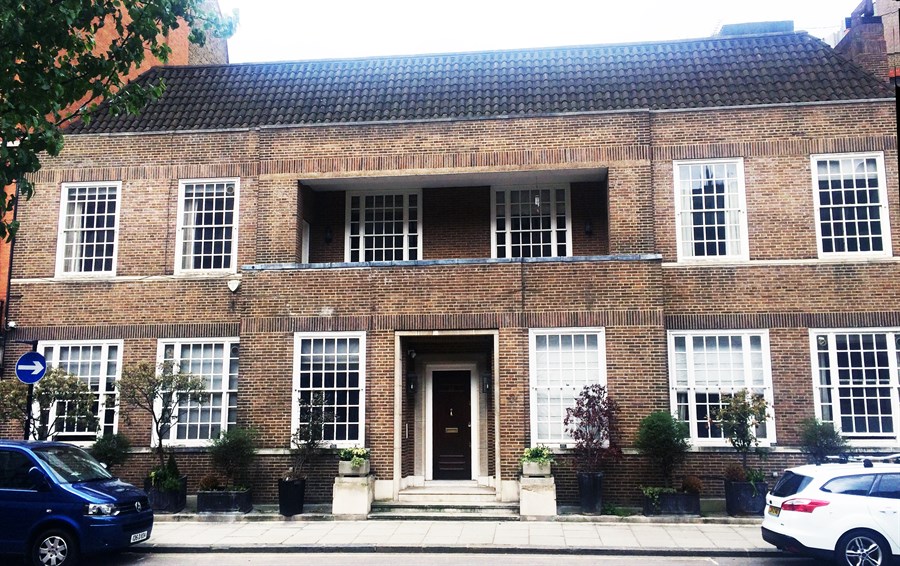
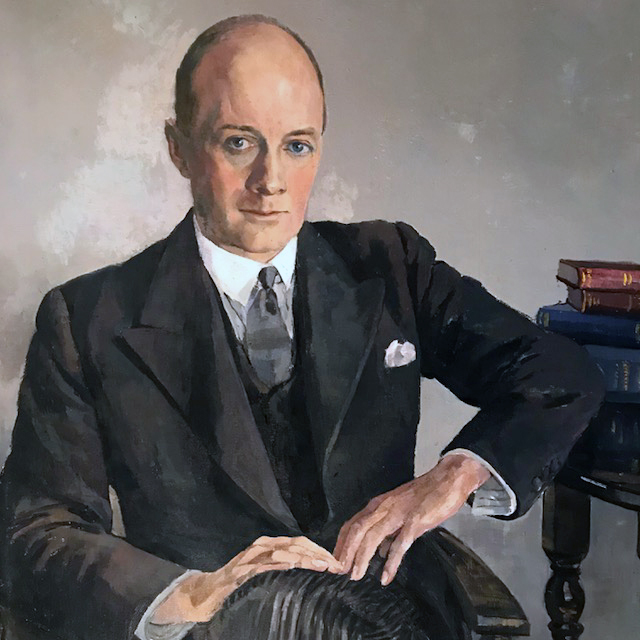 The men were heading to 22 Weymouth Street (pictured above), the home of Eric Riches (pictured right), a London surgeon. What all these men had in common was a major interest in urology - the six were:
The men were heading to 22 Weymouth Street (pictured above), the home of Eric Riches (pictured right), a London surgeon. What all these men had in common was a major interest in urology - the six were:
Terrence Millin (1903-1980), an Irishman who worked at All Saints' Hospital in Pimlico, a specialist urology hospital, was an expert in urinary incontinence and TURP. Wartime restrictions had robbed him of his high-powered diathermy machines, and he was forced to revert to the old Freyer open prostatectomy. A year later, he would publish his own new method of retropubic removal of the prostate and change the urological world for ever.
Clifford Morson (1881-1975) had been house surgeon to Sir John Bland Sutton at the Middlesex and Sir Peter Freyer at St Peter's Hospital for the Stone. He subsequently became a surgeon there himself (in 1919), joining Freyer, Sir John Thomson-Walker, John Swift Joly and Swinford Edwards, all urology greats. He had already been the President of the Urology Section of the RSM in 1933 and was a pioneer of radiation for urological malignancy.
Horace Powell Winsbury-White (1889-1962), was born in New Zealand and trained in Edinburgh, then moved to London where he was House Surgeon to Clifford Morson at St Peter's. He subsequently became surgeon to St Paul's Hospital for Genitourinary Diseases in 1925. In 1929, together with Frank Kidd, who had set up the GU department at The London Hospital, he launched The British Journal of Urology (BJU).
Ronald Henry Ottywell Betham Robinson (1896-1973) always written as RHOB Robinson, but known to his friends as Joey, was a surgeon at St Thomas's with a strong interest in urology. He designed his own style of prostatic punch in 1939.
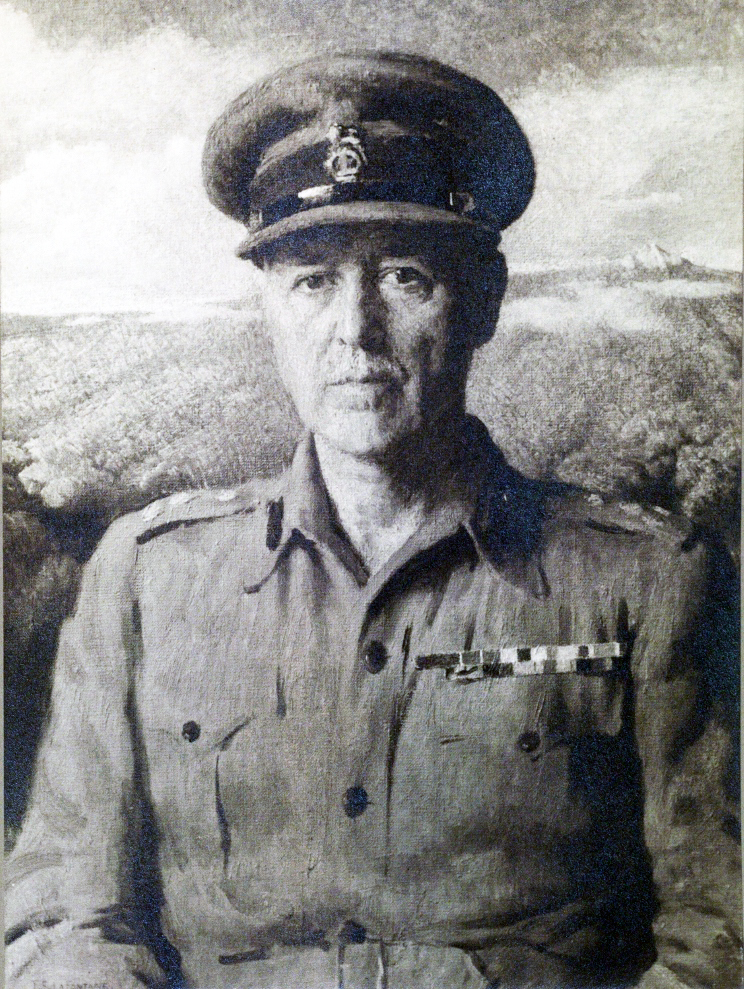 Farquhar McGillivray Loughnane (1885-1948) was, like Millin, of Irish stock and a surgeon at All Saints' Hospital, as well as holding appointments as urologist to many other London hospitals. Loughnane was known for his radical approach to surgery for TB of the urinary tract.
Farquhar McGillivray Loughnane (1885-1948) was, like Millin, of Irish stock and a surgeon at All Saints' Hospital, as well as holding appointments as urologist to many other London hospitals. Loughnane was known for his radical approach to surgery for TB of the urinary tract.
Finally, Ronald Ogier Ward (1886-1971, pictured right) was to join the others. Ward was an officer in the Royal Army Medical Corps (RAMC) and Consulting Surgeon to the Army in East Africa. In the First World War, he had been an artillery officer in the Honourable Artillery Company; he was awarded the Military Cross, Distinguished Service Order and was mentioned in dispatches. In the current war, unhappy at being confined to the London Emergency Medical Service, he had re-joined the RAMC and crossed to France with the British Expeditionary Force. Following the German invasion of Belgium and France, he found himself and his Ambulance Unit still in France after the evacuation of Dunkirk. He guided his unit down to St Malo to escape on the SS Saint Briare for which he was awarded an OBE (for gallantry). It was this man with his attention to detail and fantastic organisational skills, honed by war, who was to be the driving force behind this meeting.
The men gathered at the home of Eric Riches (1897-1988, later Sir Eric), another surgeon with a passion for urology and, extraordinarily, another winner of the Military Cross in WWI. A surgeon at the Middlesex, he had been house surgeon to Sir Gordon Gordon-Taylor and was a general surgeon but with a major specialist interest in urology, particularly renal and bladder cancer.
That evening, these seven men agreed to create an Association to promote the general interests of the practice of urology. In the immediate future. One of its most important functions would be to represent urology during the birth of the new NHS; Ogier Ward had been involved in early discussions on the NHS while he was still serving overseas. The assembled surgeons composed a letter to send to 29 other surgeons known to have an interest in urology - the letter included the following words:
... that an Association of Urologists be considered. The object of such an Association would be to promote the general interests of the practice of urology. In the immediate future one of its most important functions would be to represent to those responsible for the development of the medical services of the country, the ideals of urology and advise them as to what is necessary in order that a satisfactory service may be ensured ...
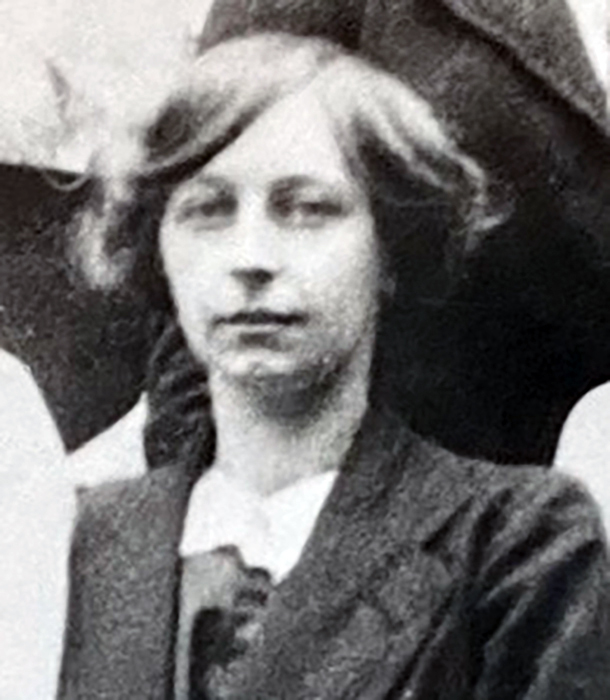 The inaugural meeting of the Association was held in the war-ravaged building of the Royal College of Surgeons of England on 17 March 1945. Ogier Ward was elected President of the new Association, which was to be called,The British Association of Urological Surgeons (Home and Overseas). Its purpose would be "to promote a high standard in the practice of urology and membership would be confined to those engaged in the practice of urological surgery".
The inaugural meeting of the Association was held in the war-ravaged building of the Royal College of Surgeons of England on 17 March 1945. Ogier Ward was elected President of the new Association, which was to be called,The British Association of Urological Surgeons (Home and Overseas). Its purpose would be "to promote a high standard in the practice of urology and membership would be confined to those engaged in the practice of urological surgery".
Listed among the founding members of BAUS, two individual names stand out, Miss Emily Catherine Lewis (1882–1965, normally known as Catherine) and Miss Helen Frances Wingate (1895–1985), the only two female representatives of the speciality at that time.
Catherine Lewis (pictured above right) graduated from the London School of Medicine for Women (LSMW) in 1917 at the age of 35. In 1919, she became the second female fellow of the RCS Edinburgh which led, soon after, to her appointment as the first woman general surgeon in a London teaching hospital, The Royal Free. She had honed her urological skills at St Peter’s Hospital for the Stone and, in another first for a woman, was appointed Clinical Assistant to Mr Clifford Morson at The Royal Free. She succeeded in forming and presiding over the Department of Urology, and even wrote a short book on “Urology in Women”, helping her to obtain a just reward & recognition of her status as a trailblazer for women in urology.
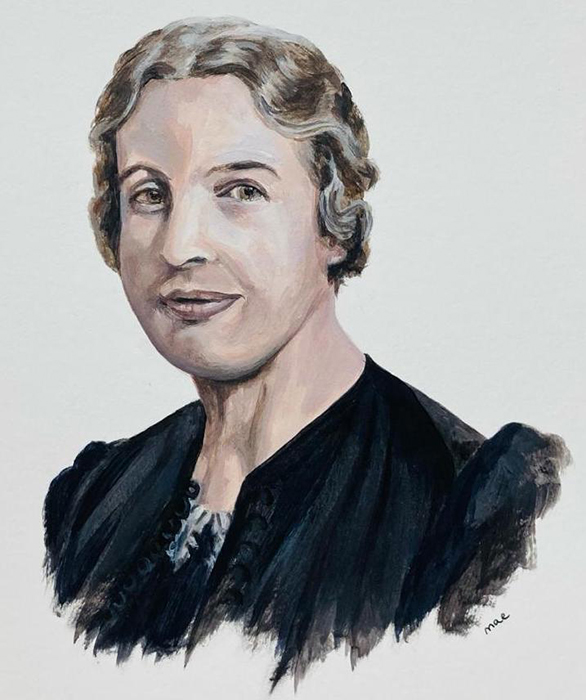 Helen Wingate (pictured right) established herself as Scotland’s first female surgeon specialising in urology. In 1914, she enrolled as a medical student at Queen Margaret College, the ladies’ medical school attached to Glasgow University. She graduated with commendation in 1920. In 1933, Wingate joined the staff of Arthur Jacobs’ (1899–1974) newly-formed unit at the Royal Infirmary, alongside Willie Mack (who became BAUS President in 1969-70). Jacobs initially sent Helen to the internationally renowned endoscopic surgeon Hans Rubritius (1876–1943) at the Poliklinik Hospital in Vienna, to complete her postgraduate training in urology. On returning to Glasgow, she became a Fellow of the Royal Faculty of Physicians and Surgeons of Glasgow in 1937 and, in 1940, was appointed as Consultant General and Urological Surgeon to the Redlands Hospital for Women.
Helen Wingate (pictured right) established herself as Scotland’s first female surgeon specialising in urology. In 1914, she enrolled as a medical student at Queen Margaret College, the ladies’ medical school attached to Glasgow University. She graduated with commendation in 1920. In 1933, Wingate joined the staff of Arthur Jacobs’ (1899–1974) newly-formed unit at the Royal Infirmary, alongside Willie Mack (who became BAUS President in 1969-70). Jacobs initially sent Helen to the internationally renowned endoscopic surgeon Hans Rubritius (1876–1943) at the Poliklinik Hospital in Vienna, to complete her postgraduate training in urology. On returning to Glasgow, she became a Fellow of the Royal Faculty of Physicians and Surgeons of Glasgow in 1937 and, in 1940, was appointed as Consultant General and Urological Surgeon to the Redlands Hospital for Women.
By taking a leading role in the foundation of BAUS, at a time of gross under-representation for women in surgery, both Lewis and Wingate blazed a trail for future generations of female surgeons who now make up approximately 25% of the urological workforce.
Perhaps unconsciously, they also pioneered support for women throughout their careers, both in their clinical and personal life choices ... ?
Additional Information
Click on any image below to access more detailed information about items & individuals featured above, or click here to go to the main History section of this website for more general history content:
|

The birth of the NHS
|
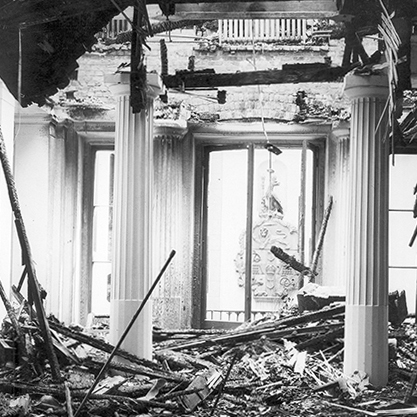
The RCS & WW2
|

Equality, Diversity & Inclusion
|
|
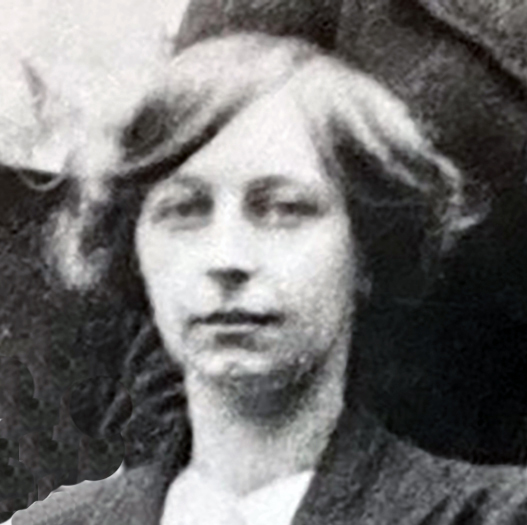
Catherine Lewis
|
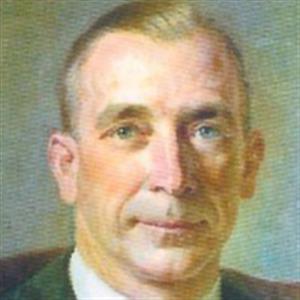
Terence Millin
|
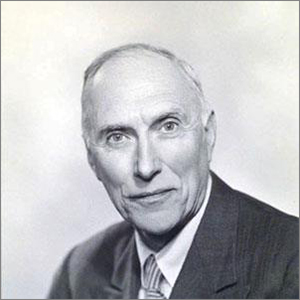
Clifford Mawson
|
|
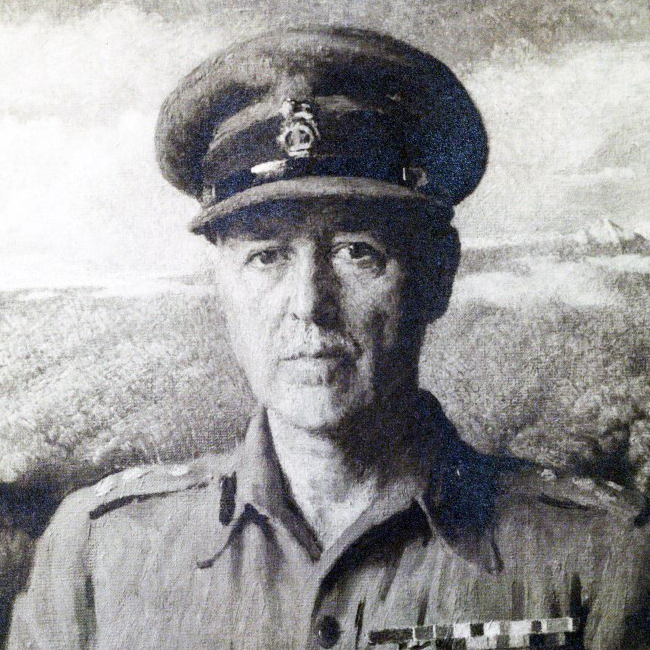
Ronald Ogier-Ward
|
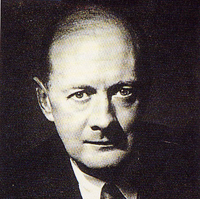
Eric Riches
|
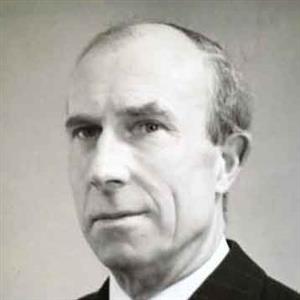
RHOB "Joey" Robinson
|
|

Helen Wingate
|

Horace Winsbury-White
|
|
← Back to BAUS 80th Anniversary